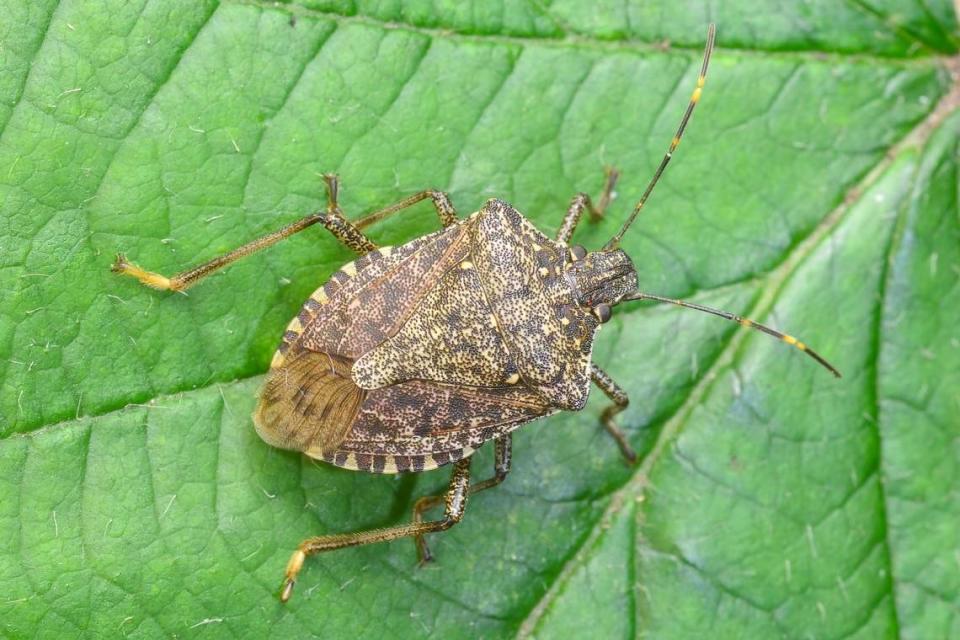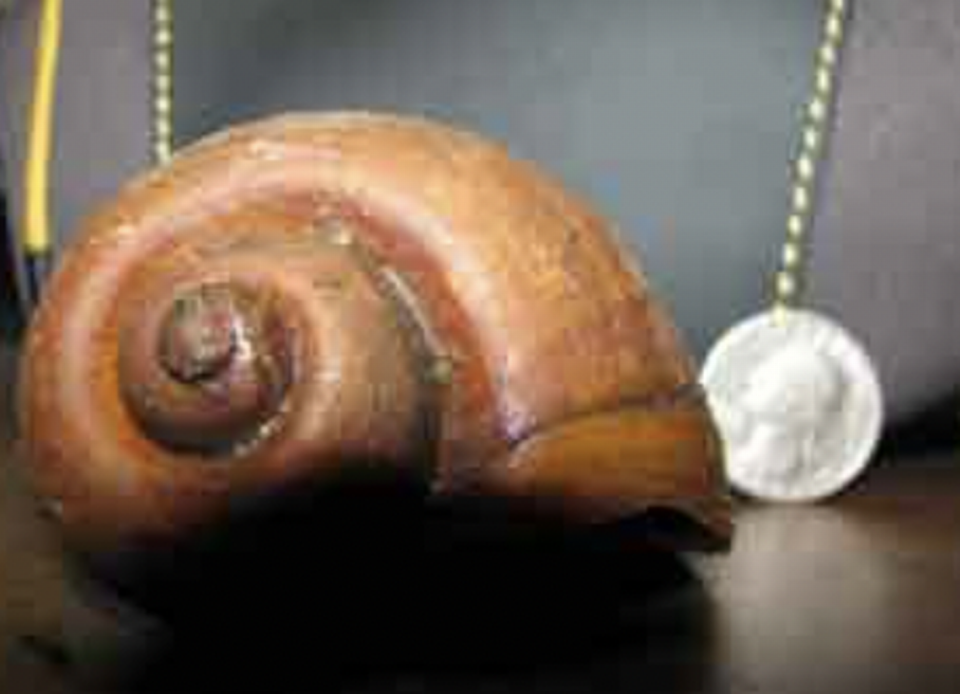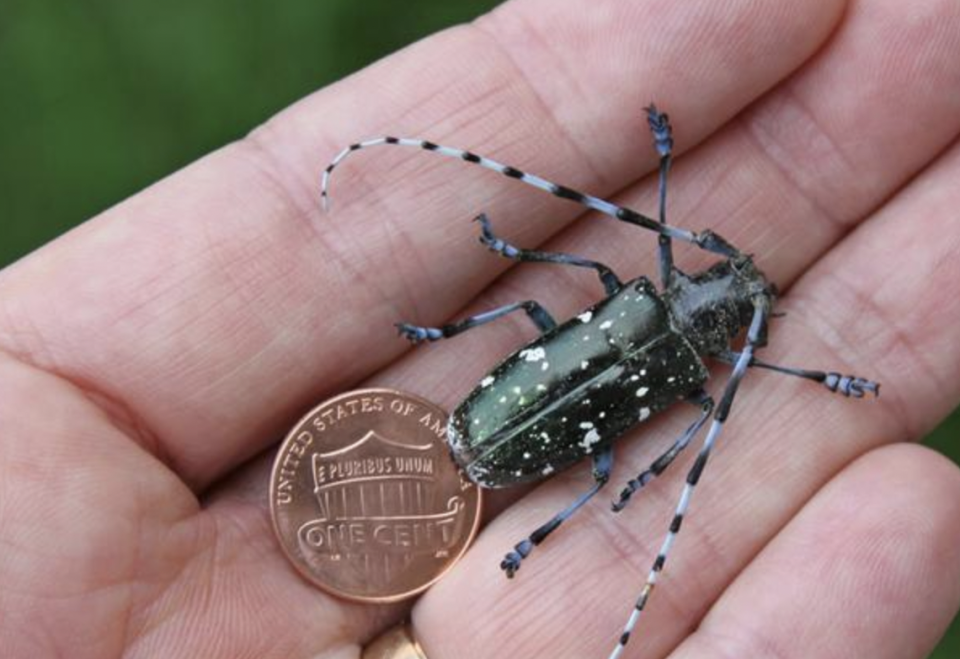6 invasive species that have wreaked havoc in South Carolina. Here’s what to know
Chances are if you run into a wild hog, you’re going to immediately think danger, then that creature doesn’t belong here, even though it’s been in South Carolina for generations.
They were brought over by the Spaniards in the 1500s and have been tearing up the landscape ever since, slowly working their way from coast to plains to mountains.
They’re everywhere.
But not as easily seen — or possibly recognized — are many other animals not native to South Carolina that are wreaking havoc everywhere they go, boring into trees, eating vegetables and attacking native species.
Here are a few to be looking for.
Brown marmorated stink bug

Clemson University’s College of Agriculture, Forestry and Life Sciences says it like this: These bugs were a pest in China ad they are a bigger pest here.
These stinkbugs harm fruit trees, legumes, corn, garden vegetables and some ornamental plants. And then when winter comes, they come inside.
And as you can imagine by their name, when disturbed they emit an odor some people compare to a skunk, burned trees or cilantro.
The bug was first seen in 1998 in Allentown, Pennsylvania, (accidental introduction, like many other invasive species) and then they moseyed on across the country.
Island Applesnail

This snail can grow to be 6 inches long with a spiral shell and bands of yellow, black, tan and brown. Their beauty is probably what attracted people who keep aquariums. But then they got loose.
Jon Storm, University of South Carolina Upstate biologist, said they were first seen in the wild in Myrtle Beach in 2008. They attach their eggs — clusters of up to 2,000 at a time — on vegetables and tree trunks.
Storm said the snail’s eggs can carry rat lungworm, a parasite that can cause meningitis in people.
“Don’t touch egg masses,” Storm said.
Asian longhorned beetle

This insect feeds on all manner of trees South Carolinians hold dear — maple, ash, poplar, sycamore, willow, elm and birch. They bore into the trunk and stem the flow of sap, leaving holes as big as a finger.
It was first found last year by a homeowner in Hollywood, South Carolina. A Clemson University Department of Plant Industry inspector went to the property and found at least four infested maple trees and captured live beetles.
It’s also in Ohio, New York and Massachusetts, thought to have been brought to the United States by cargo ships. So far, the longhorned beetle has been eradicated in New Jersey and Illinois.
Argentine Black and White Tegu
A particularly ugly lizard, this invader will eat anything, Will Dillman, the chief of wildlife for the South Carolina Department, told The State last year.
That includes all manner of eggs from birds to alligators.
People bought them for pets and then as they grow to their adult size — up to 4 feet — people send them out to fend for themselves. And they reproduce.
South Carolina wildlife officials said the lizard’s ever-growing population became a concern in 2020. Florida and Georgia already have a problem with them.
“With tegus, we know introductions are occurring, so then we’re trying to prevent it from getting established,” Dillman said.
They’ve been seen in various parts of the state, including Richland and Lexington counties.
South Carolina last year banned the Argentine black and white tegu and required owners to register their pets with the South Carolina Department of Natural Resources.
Storm said if you find one don’t try to pick it up. It has a pretty nasty bite. The Department of Natural Resources should be your first call.
Possibly headed our way, the Spotted Lanternfly
Voracious. Planthopper. Eat more that 100 plants — fruit, ornamental, and woody trees.
It was seen first in 2014 in Pennsylvania and has hopped aboard all kinds of vehicles to mail its way south, as close as North Carolina.
It came from Southeast Asia and prefers the Tree of Heaven, also an invasive species and also in South Carolina. But that’s no benefit because the Spotted Lanternfly is just not that picky. It also likes grapes, hops. almonds, apples, apricots, cherries, peaches, plums, nectarines, maples, oaks, yellow poplars, sycamores, walnuts and willows.
It’s also sort of icky because it excretes massive amounts of sticky honeydew that can get on people.
Do not touch: Lionfish

This beauty has long been a standout in home aquariums but are now found in the deep ocean and rocky reefs. They are often seen by scuba divers and caught by fishermen chasing marlin, dolphin, wahoo and yellowfin tuna.
These fish are also hungrily searching and consuming game fish.
The lionfish’s home base is the Indo-Pacific region, Storm said.
But here’s a rub; their spine holds a similar toxin to that of a cobra. If you touch it, the sting likely won’t kill you but it sure will hurt. As in throbbing pain, swelling, bleeding and numbness.
If you catch one, Storm said, do not throw it back.

